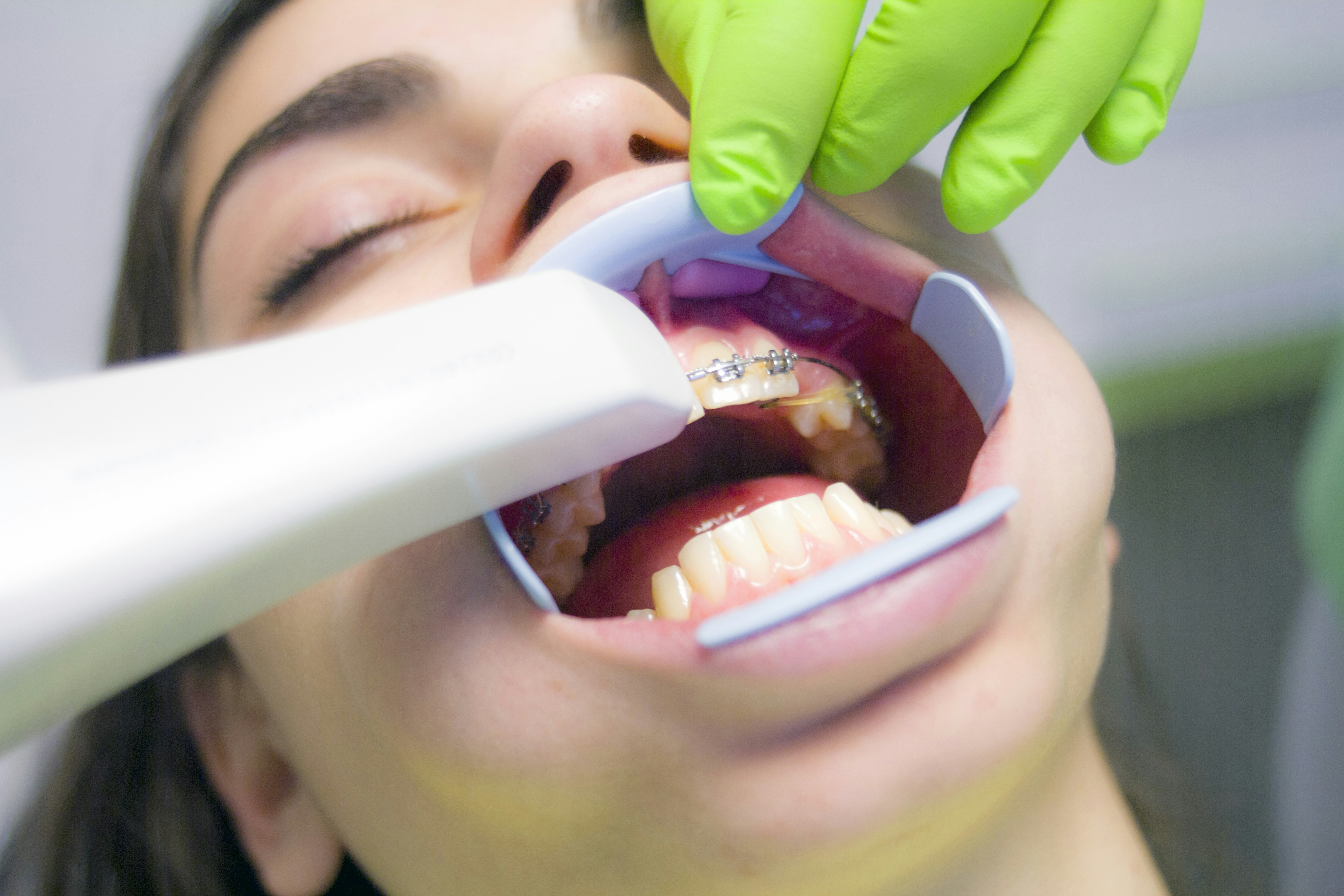Smart Tips For Finding

If there is a cavity that forms between the teeth, it is called an interdental cavity or interproximal cavity. Unlike regular cavities that develop on the biting surfaces of teeth, interdental cavities can be more difficult to spot and often remain unnoticed until they progress to an advanced stage. Knowing the signs of an interdental cavity can assist in seeking prompt dental treatment and preventing additional damage. This page has all the info you need.
One common sign of an interdental cavity is sensitivity to hot and cold temperatures. An interdental cavity exposes the underlying dentin, which is more sensitive than the outer enamel. As a result, you may experience a sharp, fleeting pain when you consume hot coffee or cold ice cream. This heightened sensitivity serves as a distinct warning sign of a dental issue that should not be overlooked.
Extended sensitivity to sugary foods is another symptom that should be taken seriously. If you feel persistent pain or discomfort following the consumption of sugary foods, it may be indicative of an interdental cavity. Cavities enable sugars to penetrate the affected area, causing prolonged sensitivity and discomfort. If the sensitivity lingers even after you’ve finished consuming sweets, it is advisable to consult your dentist for a comprehensive evaluation.
Toothache and gum sensitivity are additional signs that may suggest the presence of an interdental cavity. As the cavity worsens, it can affect the neighboring gums, resulting in inflammation and sensitivity. You may experience pain when biting down or applying pressure to the affected area, along with sensitivity when brushing or flossing around the affected teeth. If you observe these symptoms, it is essential to seek dental attention promptly to avoid further damage and potential complications.
Stains appearing between the teeth can also signify the presence of an interdental cavity. As the cavity progresses, it can trap food particles and bacteria, leading to discoloration in the interproximal spaces. The emergence of brown or black stains in the crevices between your teeth should raise concerns. While regular dental cleanings and proper oral hygiene can help prevent staining, persistent discoloration should prompt a visit to the dentist. Just click here and check it out!
Presence of holes or pits in teeth is another visible sign of an interdental cavity. As a cavity emerges between teeth, it gradually eats away at the enamel, creating small holes or pits in the affected area. These holes or pits may be noticeable without magnification or may require the use of dental instruments for a comprehensive assessment. If you notice any irregularities or abnormalities in the texture of your teeth, it is important to arrange a dental appointment for a comprehensive evaluation and suitable treatment.
In summary, it is of utmost importance to be able to recognize the signs of an interdental cavity for the sake of maintaining excellent oral health. Signs such as sensitivity to hot and cold, prolonged sensitivity to sweets, toothache and gum sensitivity, staining between teeth, and the presence of holes or pits in teeth should not be overlooked. By being proactive and seeking timely dental care, you can prevent further damage, potential complications, and maintain a healthy smile. Remember to schedule regular dental check-ups, maintain good oral hygiene practices, and promptly address any worrisome symptoms to safeguard your dental well-being. By staying vigilant and taking care of your teeth, you can effectively prevent and manage interdental cavities, ensuring a lifetime of healthy teeth and gums. View here for more info on this product.
This post topic: Health Care & Medical



